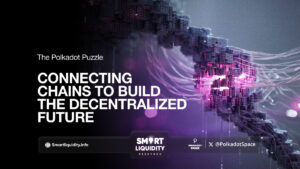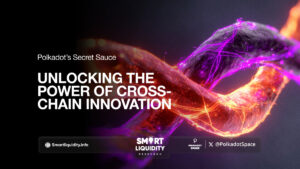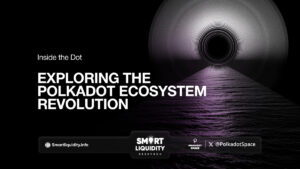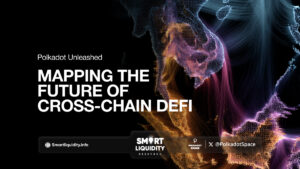DIA Multi-Randomness Live On Astar Network
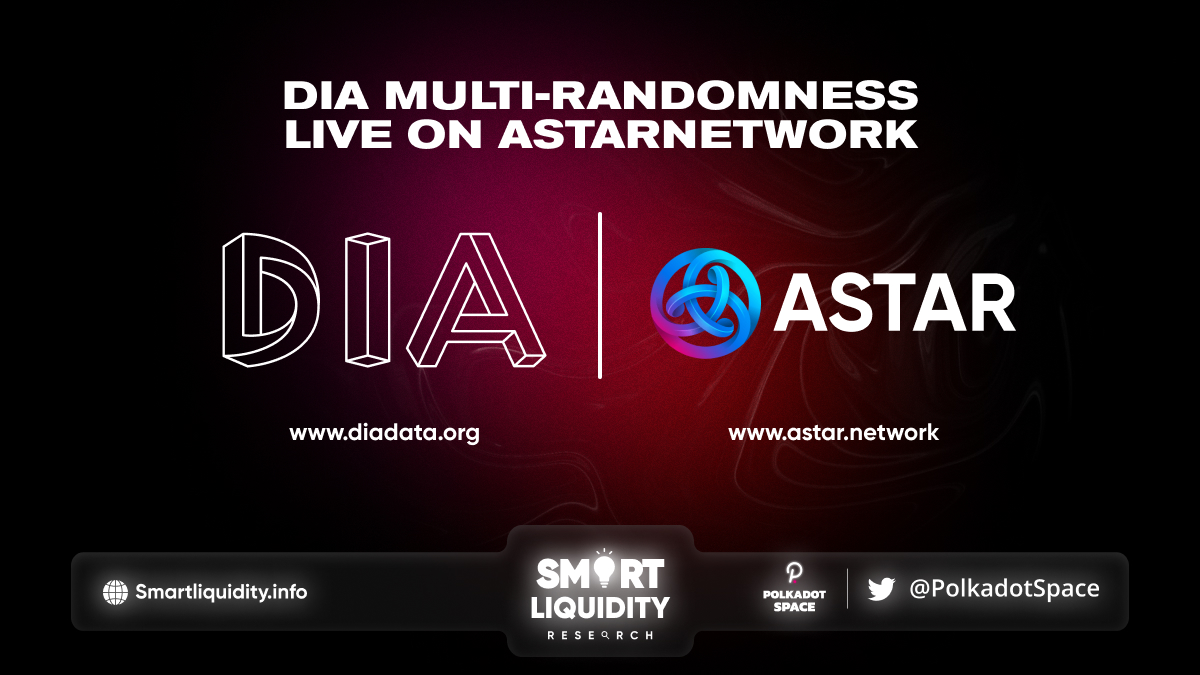

DIA Multi-Randomness: Distributed Multi-chain Randomness Oracle
The DIA Multi-Randomness, in collaboration with drand, provides smart contracts with unpredictable and unbiased random numbers, facilitating the development of Web3 use cases across multiple blockchains.
DIA Multi-Randomness Demo Oracles
- Astar Network: 0xBF5E…6103
- Aurora: 0x9055…4b22
- Aurora Testnet: 0x8A81…7bA2
- Moonbeam Alpha: 0x48d3….6cec
- Moonbeam: 0xa052…5767
- Polygon: 0xa9c0…2895
- Polygon Mumbai: 0xb0dd…e87f
Overview
Unpredictable random number generation has become an essential building block for Web3. Decentralised applications, ranging from Web3 games to NFT collections or prediction markets, rely on random numbers to operate. For instance, a random number can grant a game with a lottery mechanism to reward players fairly or provide unpredictable attributes to a collection of NFT artworks.
Providing a source of randomness on-chain is a difficult task due to two main aspects. On one hand, it is very difficult to create random events on-chain due to the deterministic nature of any EVM environment. On the other hand, if the random number generation comes from a centralized source. Malicious actors can manipulate the randomness from the source, & provoke irreversible damage to protocols & users.
In order to effectively serve the needs of Web3 applications, random number generation must be tamper-proof, distributed, publicly verifiable and available on multiple blockchain networks.
Introducing DIA Multi-Randomness
They are delighted to present new addition to the DIA oracle suite: DIA Multi-Randomness. Verifiable and distributed multi-chain randomness oracle. In close collaboration with drand, DIA Multi-Randomness will provide dApps with an auditable random number via oracle smart contract, available in 20+ L1s and L2s.
DIA Multi-Randomness tackles essential Web3 development needs:
- Multi-chain compatibility: DIA’s Multi-Randomness can be easily deployed in all EVM-compatible networks served by DIA including Astar, Arbitrum, Fantom and many more.
- Verifiable randomness: all random values provided by DIA are verifiable off-chain, before becoming available to consuming smart contracts and hence, the oracle is not capable of manipulating the generated result.
- Distributed and decentralised: DIA’s Multi-Randomness leverages drand, a distributed beacon generated by a network of participants named the League of Entropy — LoE. As drand not singularly controlled by any of its members, there is no single point of failure and none of the operators themselves can bias the randomness generated by the League.
- Power your on-chain use cases: DIA’s Multi-Randomness can support a wide range of Web3 use cases including gaming, lotteries, prediction markets, NFT launches and many more.
How Does it Work?
To offer distributed and verifiable randomness on-chain, DIA leverages drand’s distributed randomness beacon, enabling verifiable, unpredictable and unbiased random numbers. From random number generation to on-chain distribution, DIA Multi-Randomness operates as follows:
- Drand randomness generation: in every drand epoch (currently set at 30s for the existing LoE beacons, but planned to be decreased on future “unchained” beacons) each of the nodes that form the drand network generates a partial signature, which it broadcasts to the rest of the nodes. Once any node has enough, a threshold number of signatures. It computes the new randomness beacon, which is the hash of the signature aggregate.
- Drand randomness propagation and consumption: the new beacon is propagated through the network to all other nodes. Any node can verify and accept or reject the hash of the signature (i.e., beacon) that it received. Any client or application can consume randomness out of band (i.e., without needing to be part of the drand network) either through the public HTTP APIs or through libp2p’s pubsub protocol, Gossipsub. Clients can also verify that the randomness they receive indeed the one produce by the drand network.
- DIA on-chain distribution: the final randomness signature is shipped on-chain as an oracle smart contract. In order to effectively and securely execute these on-chain transactions, DIA has built a robust. Decentralized node infrastructure — dubbed DIA xNode. DIA xNode is a network of third-party, decentralized node providers that grant DIA the blockchain infrastructure to push data on-chain ensuring high rate limits.
Powering on-chain use cases
DIA’s Multi-Randomness can support a wide range of Web3 use cases, such as:
- On-chain lottery: due to the deterministic nature of blockchains, decentralised applications require trustless and tamper-proof on-chain random numbers to execute lotteries.
- Randomized NFTs: a random number can enable the randomised assignment of characteristics and attributes for non-fungible tokens
- On-chain gaming: DIA’s multi-randomness can be used to generate unpredictable scenarios and rewards, creating engaging experiences for on-chain games.
About DIA
DIA a multi-chain, end-to-end, open-source data and oracle platform for Web3. The DIA platform enables the sourcing, validation and sharing of transparent. And verified data feeds for traditional and digital financial applications. DIA’s institutional-grade data feeds cover digital asset prices, NFT floor prices, lending rates, FX rates and more.
DIA’s data directly source from a broad array of on-chain and off-chain sources at individual trade-level.
